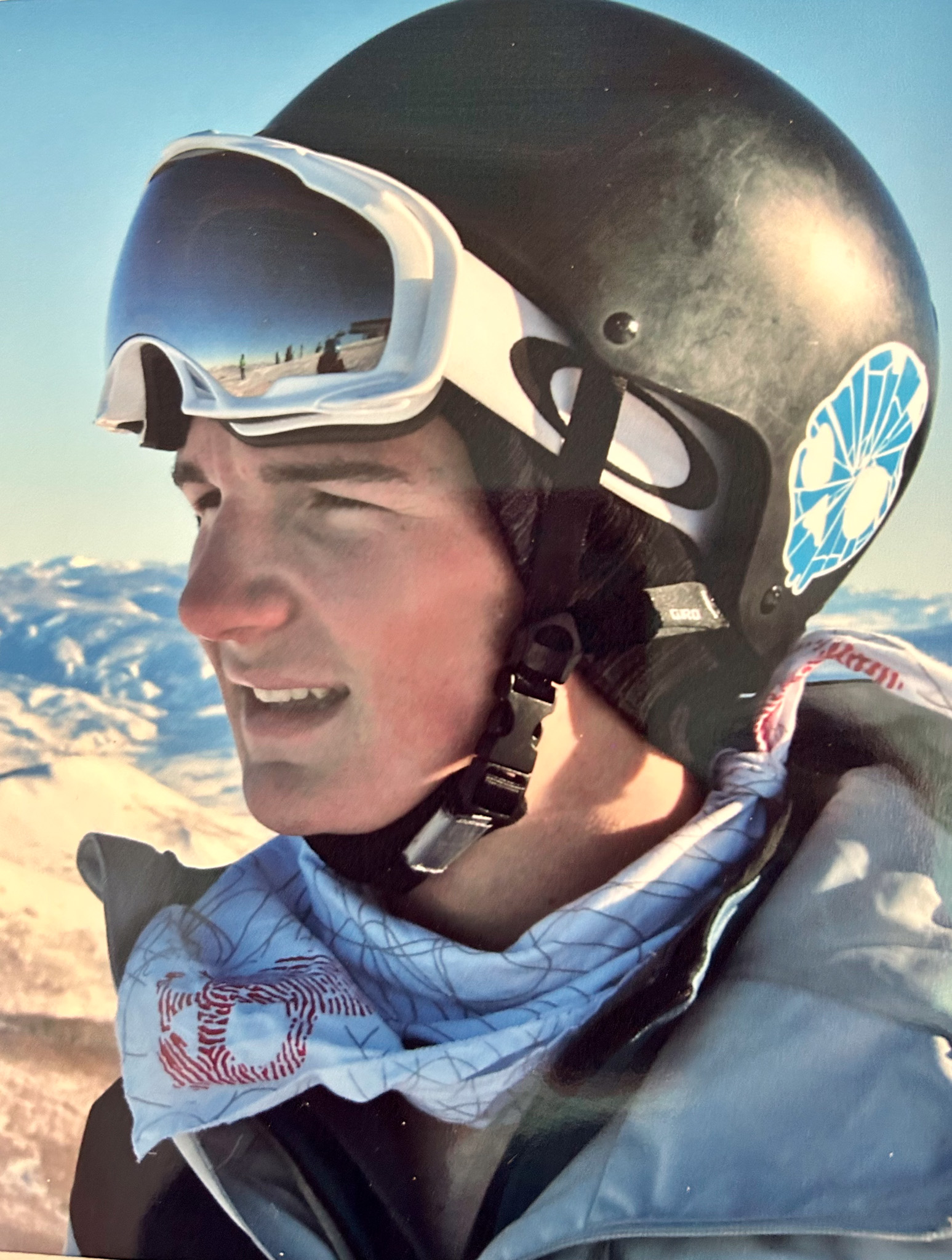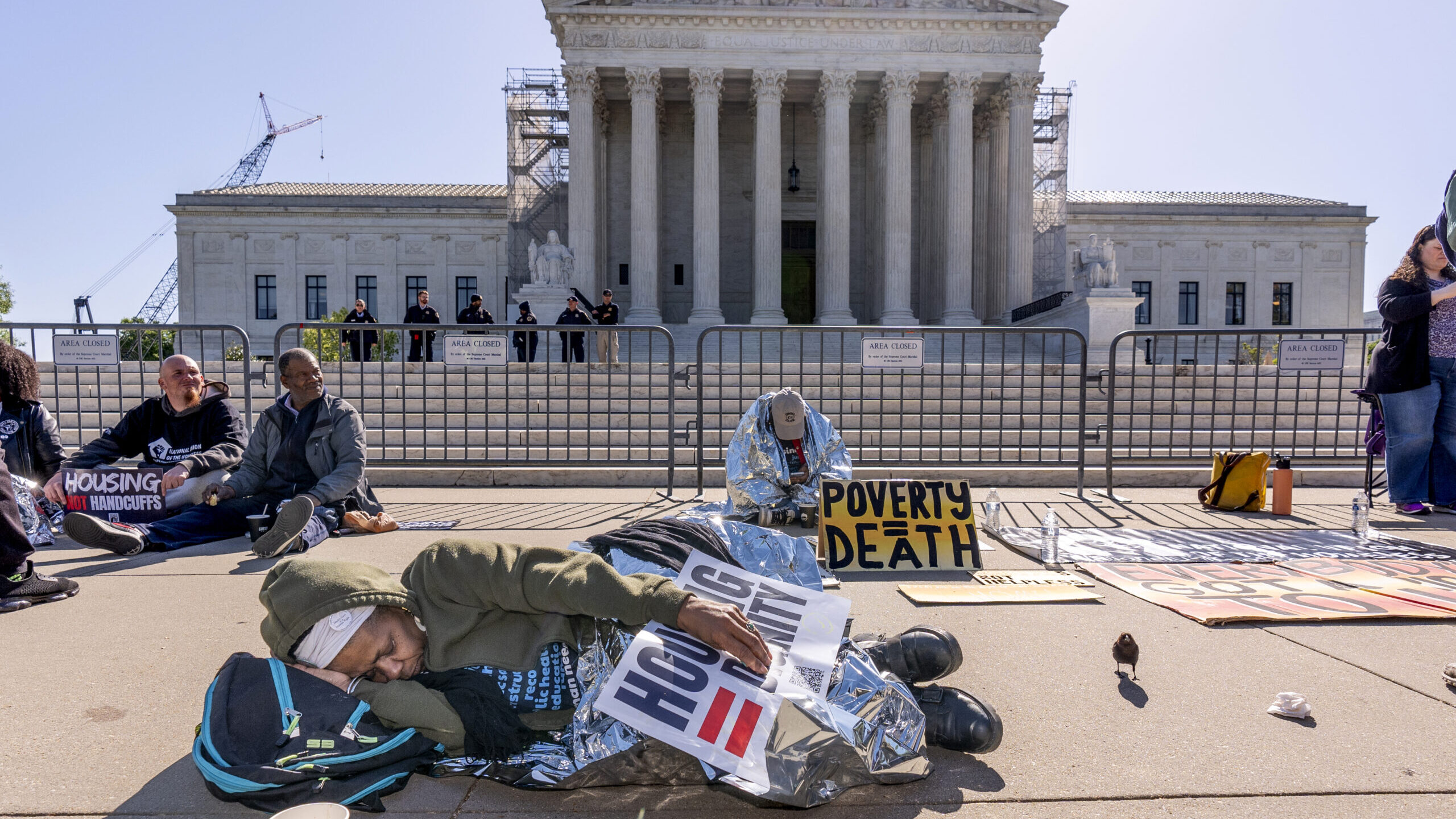Utah doctor shines light on understanding, managing bipolar disorder
Apr 8, 2024, 6:00 PM

SALT LAKE CITY — To help understand bipolar disorder, a psychiatry professor explains the nature of the mental illness marked by manic highs and depressive lows.
Dave and Debbie expand their coverage of Kyler Efinger, 30, a Park City resident who died on the first day of this year after he breached an emergency exit at Salt Lake International Airport, ran across the tarmac, and climbed into an engine cowling of a commercial aircraft preparing for takeoff.
Kyler was suffering a manic episode of bipolar disorder.
Expert on bipolar disorder explains
Paul J. Carlson, M.D., an associate professor of psychiatry at the University of Utah School of Medicine and Huntsman Mental Health Institute joined the conversation on understanding and managing bipolar disorder.
Formerly called manic-depressive illness or manic depression, bipolar disorder is a brain disorder that affects about 2% of the population, Carlson said. He added that the illness has a “significant, complex genetic component.”
“There’s not one gene. There’s multiple genes that have small effects. . . but then there’s this interaction between a person’s genetics and their life experiences and stress. . . Periods of increased stress are when a person that has that disposition is most likely to go into an episode,” he said.
The average age of onset for bipolar disorder is mid-20s, but slightly younger in males.
“We certainly can see it in teens. Much more rarely in children,” Carlson said.
He added bipolar disorder is marked by depression, alternating with mania or hypomania.
According to mind.org:
“Hypomania is a milder version of mania that typically lasts for a shorter period — a few days, although the length of time can vary.
Whereas, mania is a more severe form. It typically lasts for a week or longer, unless cut short by treatment.”
People with bipolar 1 disorder experience mania but maybe not an episode of depression. People with bipolar 2 disorder experience hypomania and major depression, Carlson said.
Watch for changes in a person
Carlson said watch for changes in behavior such as sleep, appetite, or irritability.
“There are changes in behavior [and] what we would look for most often, not specifically just for bipolar disorder, but as a flag of maybe we need to pay attention to this.”
Marijuana as treatment not recommended, says doctor
Kyler Efinger chose to self-medicate and obtained a state-issued medical marijuana card.
Kyler’s doctors told the family that marijuana wasn’t a proven technology. Worse, it could intensify his bipolar disorder episodes and increase the potential for a manic state.
“The best data that we have at this point is that marijuana [or] cannabis seems to worsen the course of bipolar disorders. . . it seems to increase the cycling of episodes, increase mood instability, increase suicide risk overall,” Carlson said, adding the same applies for alcohol as a treatment method.
Depression, anxiety and substance abuse tend to go together, he said.
“When you have that kind of emotional pain, I think anyone would want to do anything that they thought might give them some relief if even temporarily.”
A call for help: 9-8-8
In July, the Substance Abuse and Mental Health Administration launched the 988 Suicide and Crisis Lifeline as a resource for those struggling with their mental health. A website was also launched with links to several resources at 988lifeline.org.
If you need help
If you or someone you know is experiencing a mental health crisis, you can also call the National Suicide Prevention Lifeline at 1-800-273-TALK (8255) or the Utah Crisis Line at 1-800-273-8255, which is answered 24/7/365 by crisis counselors at Huntsman Mental Health Institute.
Related:
Kyler had bipolar disorder: His story, from the beginning
Dave & Dujanovic can be heard weekdays from 9 a.m. to noon. on KSL NewsRadio. Users can find the show on the KSL NewsRadio website and app, as well as Apple Podcasts and Google Play.













